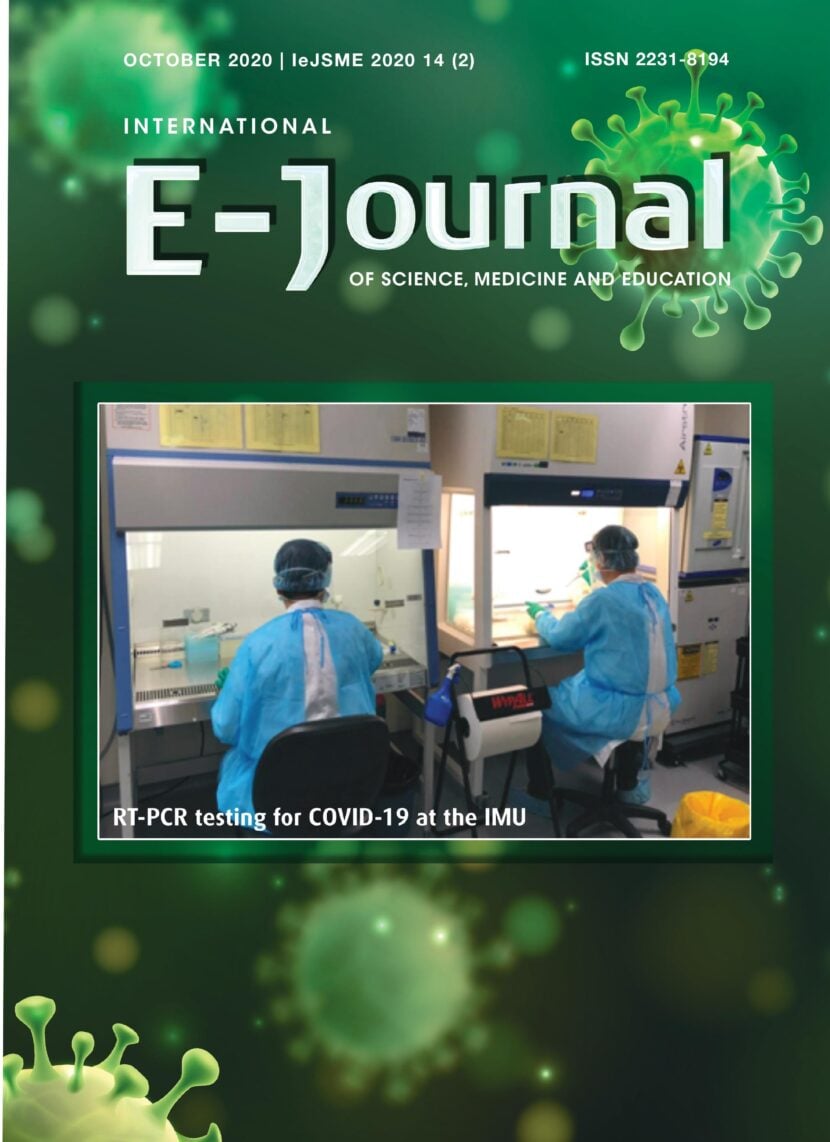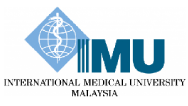Nurses’ perceptions of self-efficacy in cardiopulmonary resuscitation at a private hospital in Selangor
Authors: Siew Eng Ho and Sok Ching Tee.
ABSTRACT
Introduction: Nurses are obligated to respond competently in the event of cardiac arrest. Nurses could be hesitant to intervene due to low self-efficacy in their ability to manage cardiac arrest patients.
Objective: The objective of this study was to determine the level of nurses’ perceived self-efficacy in cardiopulmonary resuscitation (CPR) at a private hospital in Kuala Lumpur.
Method: A cross-sectional descriptive study was conducted with 112 respondents who fulfilled the inclusion criteria. A 19 item questionnaire on Resuscitation Self-Efficacy Scale (RSES) was adapted and scored using a 5-point Likert scale.
Results: The total mean score and standard deviation of perceived self-efficacy score in resuscitation was (M = 77.68; SD ± 11.77) which indicated a high degree of self-efficacy among nurses. There were significant differences between respondents’ age groups with (t = -2.520; p = 0.013), unit of working (t = -4.086; p = 0.001), real experiences in resuscitation (t = 2.532; p = 0.013), and the number of participations in resuscitation (t=-6.668; p=0.001) and nurses perceived self-efficacy in CPR. There were also significant differences between respondents’ years of working experience with (F = 7.286; p =0.001) and types of last resuscitation training (F= 7.088; p = 0.001). However, there was no significant difference between the nurses’ time of their last resuscitation training (F = 1.225; p = 0.298) and the nurses perceived self-efficacy in CPR.
Conclusion: In conclusion, nurses were deemed to possess a high sense of self-efficacy in CPR. This study concluded that nurses’ age groups, years of working experience, unit of working, real experiences in resuscitation and the number of participations in resuscitation and types of last resuscitation training are factors contributing towards self-efficacy in CPR performances. However, the time of last resuscitation training reported no significant difference towards nurses’ perceived self-efficacy in CPR. Therefore, repetitive CPR and ACLS certification training are pivotal in order to strengthen nurse’s self-efficacy in resuscitation and team collaboration through training in this private hospital.
Keywords: Nurses, perception, self-efficacy, cardiopulmonary resuscitation.
Citation: IeJSME 2018 12(2): 14-21


